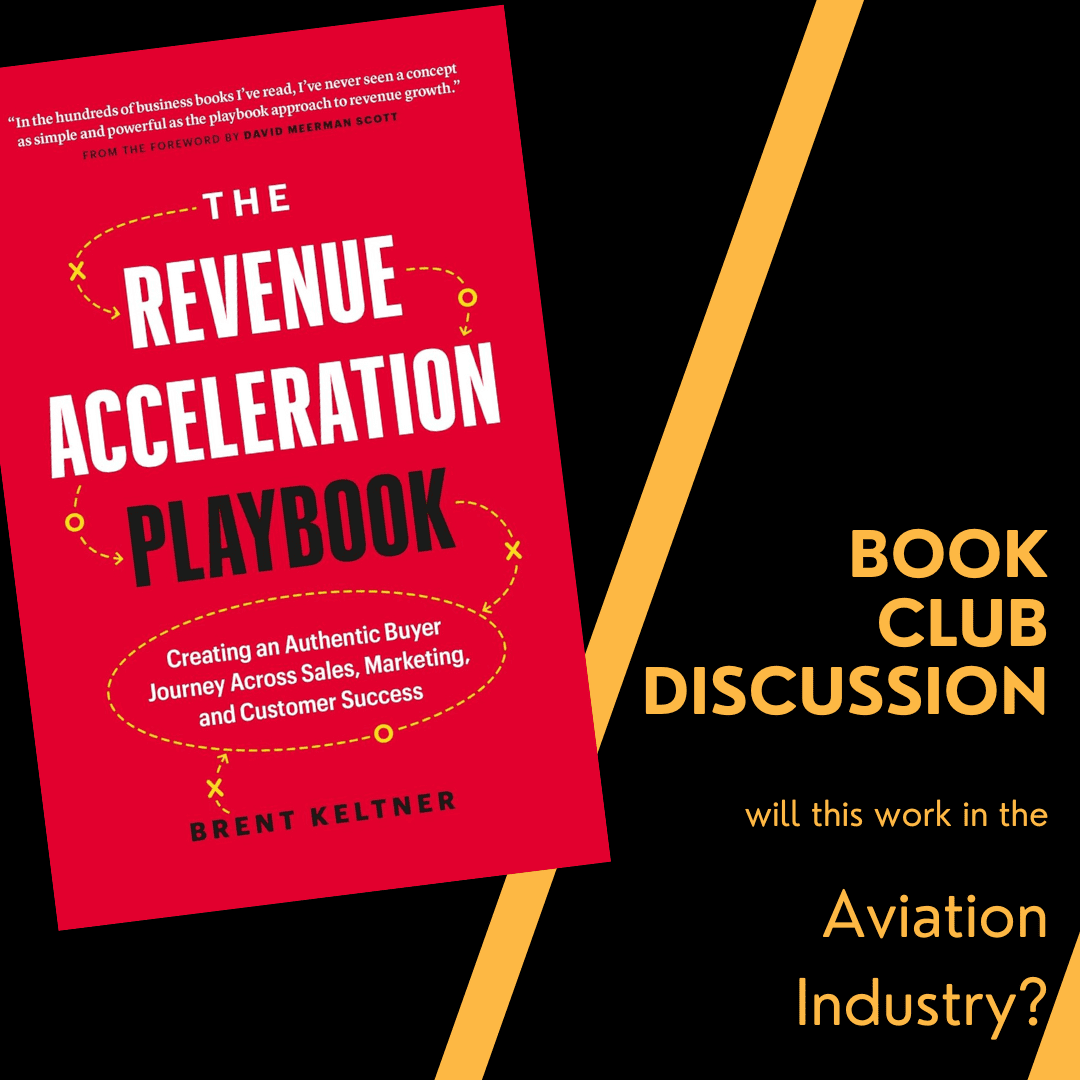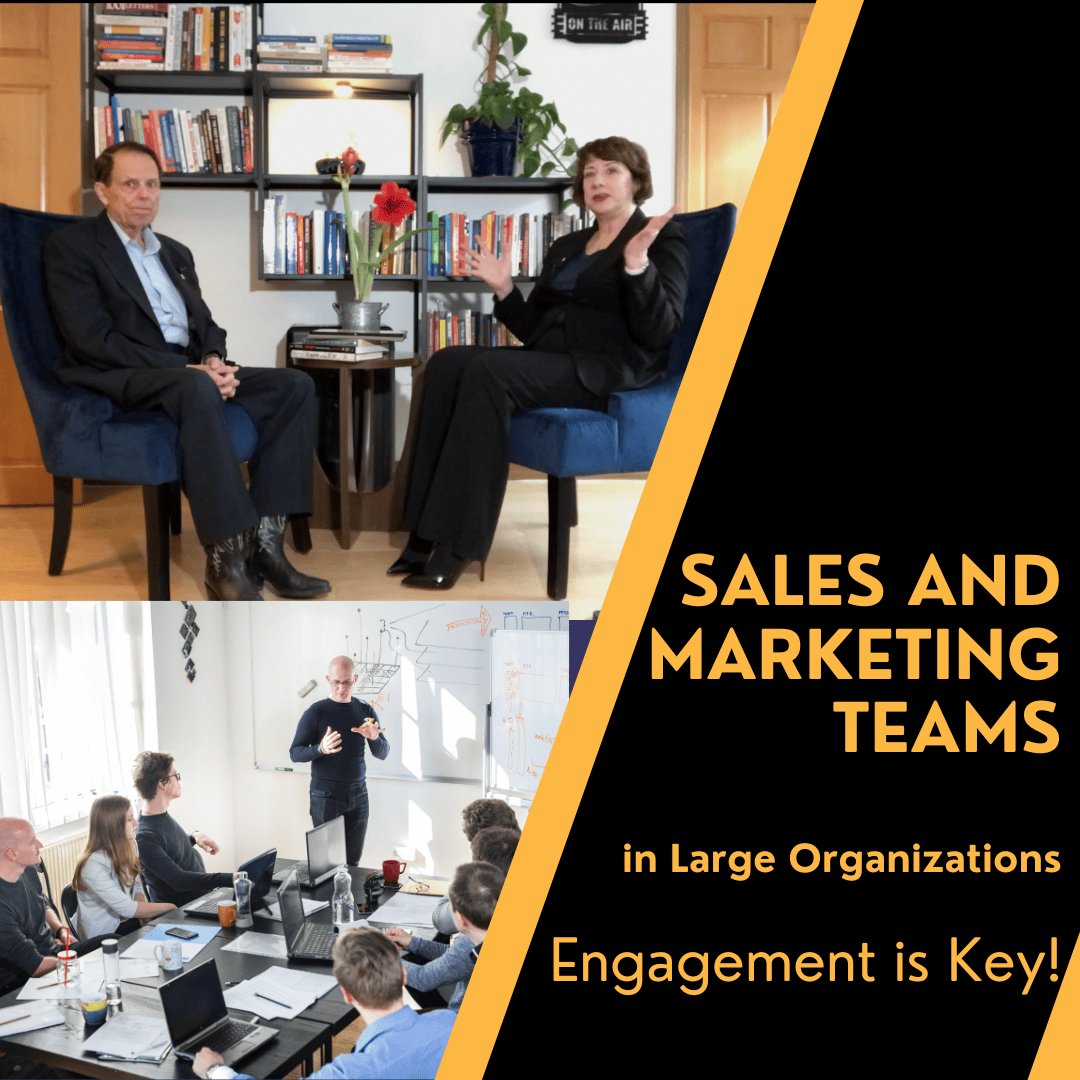Why a holding pattern?
When you’re selling products or services in the aviation industry, most of the people you talk to won’t be ready to make a purchase decision right away. You don’t want to keep bugging them, but you don’t want them to forget you either, in the weeks or months that may pass during the sales cycle.
So just like ATC does, we set up a “holding pattern.”
If there’s a reason an airplane can’t land at an airport, the pilot enters a holding pattern nearby until the circumstances change to allow a safe landing. This concept also works great for marketing!
[embedyt] https://www.youtube.com/watch?v=6IHx5cvqEl8[/embedyt]Listen to this episode here:
How many times have you had a sales call end with something like this:
“I really love the product, but I won’t be able to make the purchase until third quarter.”
Great!
So, you put a reminder on your calendar to call this prospect back on July 1.
But, when you call back, your prospect reluctantly informs you he has purchased a competitor’s product.
Episodes of betrayal scenes from the Game of Thrones running through your head, you wonder, “But you SAID you liked my product better!” and “How could you do this to me?”
Being a consummate professional, however, you realize that your prospect is a busy person. Factors of timing and a certain amount of luck are more likely than a devious script by George R. R. Martin.
So, how do you get luck and timing to work FOR you rather than AGAINST you?
Put them in a Holding Pattern!
In the example pictured, our holding pattern starts when a prospect downloads an eBook. During the next few weeks or months, we make it a point to reach out to this person with social media interactions, visiting with them at a trade show, regular telephone conversations, a printed newsletter, and a regular emailed “tip sheet.”
This variety of regular interactions keeps us “top of mind” with the prospect until “third quarter,” when he’s in a position to make a purchase. If one of our competitors reaches out to him in the meantime, then he’s more likely to make a legitimate comparison rather than to simply forget about us (or forget how to get in touch with us, which happens more often than we’d like to think about when people are so busy!)
Podcast: Play in new window | Download
Subscribe: Spotify | Amazon Music | RSS






[…] add them to a “holding pattern.” Like a holding pattern at an airport, a holding pattern works best if it’s as planned and practiced as […]